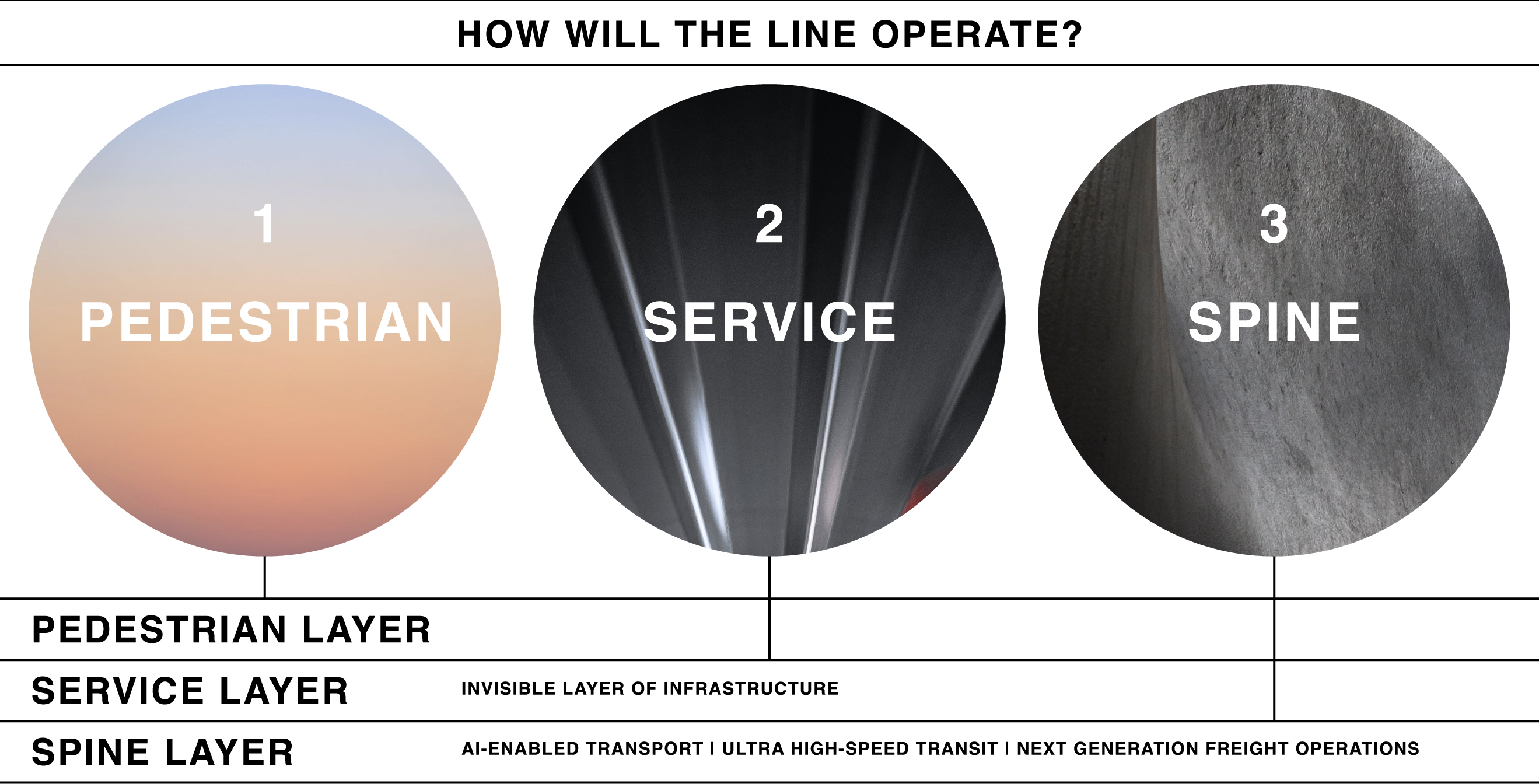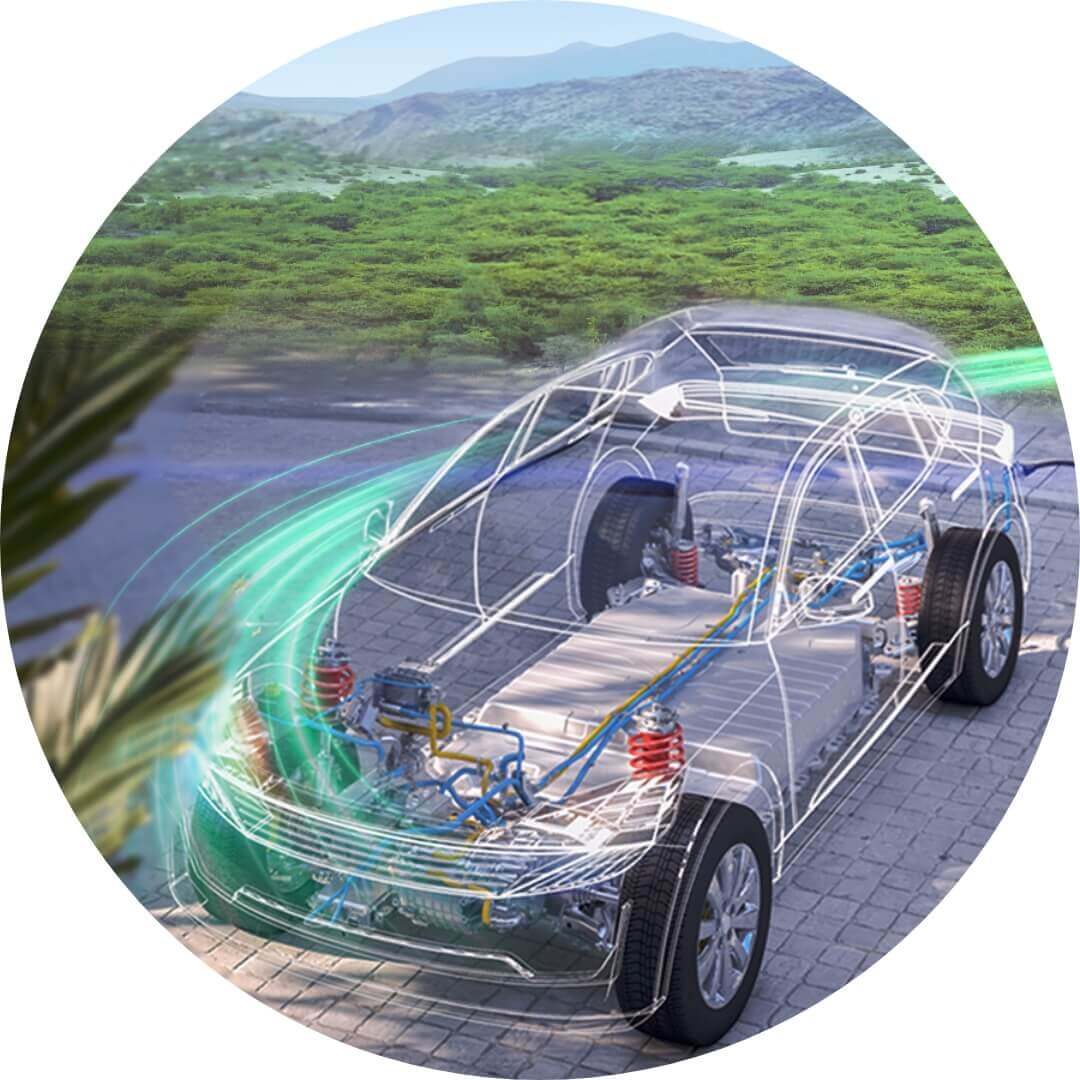With no let-up in the growth of urban populations, the race is on to design mobility systems that meet the global need for cleaner and more efficient cities
For urban planners in the mid-20th century, the future of urban transport was the motor vehicle. As more people moved to cities, the answer was to build more roads. Highways looped around the suburbs and funnelled people into city centres where businesses paid a premium for offices next to multi-storey car parks.
But with urban populations expected to grow by around 2.5bn over the next 25 years, this system of mobility is running out of road. A new vision is needed, and for the Public Investment Fund (PIF) the future of mobility can only be sustainable if it is part of a broader vision to reduce emissions and improve urban life.
Start with cities. “As urban sprawl increases, the result has been to push services further away from residential areas,” explains Sabah Barakat, Acting CEO of New Murabba Development Company (NMDC), which is building a downtown development in Riyadh which, once complete, will combine residential housing with essential community facilities, as well as entertainment and cultural venues in a more effective urban model.
Our vision is a more integrated urban model, which lets people walk their children to school, or reach the shops, cinema and gym, in 15 minutes.”
Sabah Barakat, Acting CEO, NMDC
Instead of zoning different areas into separate residential or commercial districts, New Murabba is built around a series of integrated districts that are connected through a pedestrian spine called a “mobility loop”. Within each district, there will be a focus on creating a high-quality public realm, including shaded walkways or cycle paths, parks and public spaces. These will link houses and services. “If people want to drive, they can – but having other high-quality options relieves congestion on the roads and puts people in control of their travel,” Barakat says.
This human-centric approach to mobility also requires better use of vertical space. A key development of NEOM – the PIF giga-project being built in the north-west of Saudi Arabia – will be THE LINE, a 170km linear city. Instead of relying on roads, residents will be able to travel underground on shuttles or jump in a vertical take-off and landing (VTOL) jet to fly high above the city.
Vertical mobility systems are integral to THE LINE’s urban model, which is separated into a pedestrian layer at the top, a service layer in the middle and transport, known as “The Spine”, at the base.

These new mobility systems have been made possible in large part by advancements in the Internet of Things and 5G connectivity, which provides urban designers with the real-time information to map a “digital twin” of the city, explains Professor Jason Pomeroy, a world-leading architect and founder of Pomeroy Studios in Singapore.
As sensors on the city metro detect an increase in the volume of train passengers, AI can divert a fleet of automated shuttles to the area to relieve the congestion, explains Pomeroy. Meanwhile, other technologies, such as “large language models”, can translate changing traffic patterns into clear directions that get people to their destination more quickly.
Outside the city centre, cars are integral to the future of mobility. For this to be sustainable, however, more vehicles must not mean more pollution. In October, PIF and the Saudi Electricity Company launched the Electric Vehicle Infrastructure Company which – under the brand name EVIQ – plans to install more than 5,000 fast-charging stations across Saudi Arabia by 2030.


This will not only accelerate the uptake of electric vehicles, but also provide a platform for the growth of Saudi Arabia’s EV industry. Another move set to spur the industry came in October, when PIF and the Hyundai Motor Company signed a joint venture agreement to establish a highly automated vehicle manufacturing plant in Saudi Arabia. The facility will manufacture both internal combustion engines and electric vehicles, with the total investment for the plant estimated to exceed $500mn. October also saw a joint venture announced between PIF and Pirelli to build a tyre manufacturing facility in Saudi Arabia, which is expected to start production in 2026.
In September, the PIF-backed EV firm Lucid Group opened the country’s first advanced car manufacturing facility in King Abdullah Economic City (KAEC), north of Jeddah, with plans to produce 155,000 electric vehicles each year. Lucid’s plant complements PIF’s homegrown EV manufacturer Ceer – a joint venture between PIF and tech giant Foxconn – which was launched in November 2022.
“Working with companies that have a proven track record in automotive innovation, such as BMW, as well as global leaders in the tech space, such as Foxconn, means we have the know-how and the systems in place to get the job done,” says James DeLuca, CEO of Ceer. “In the longer term, we are going to see EVs starting to interact with each other and with the wider infrastructure,” he adds.
This has the potential to improve driving efficiency, reduce energy consumption and lower carbon emissions.”
James DeLuca, CEO, Ceer
To develop further, the industry needs scale, and PIF is looking to bring in private sector companies from Saudi Arabia and beyond to enable an end-to-end EV supply chain and future mobility solutions. In October, the fund launched Tasaru Mobility Investments, which will target private sector companies that can localise manufacturing expertise and cutting-edge technologies.
Accelerating PIF’s vision for the future of mobility is key to supporting Saudi Arabia’s growth. By 2030, the country aims to welcome 150mn visitors each year, who will expect fast and efficient transport links throughout their trip.
Those visitors will also expect sustainability. Saudi Arabia is aiming for net zero by 2060 – with PIF aiming to reach that target by 2050 – and scaling up the country’s EV industry is essential to this. It will also help other countries accelerate their transition to electric vehicles by combining world-class infrastructure with low shipping times and costs.
Above all, PIF is working to develop a future of mobility that works across the globe, reimagining cleaner and more efficient cities and the vehicles that move us through them. This is a blueprint for change, and Saudi Arabia will be the first to drive it forward.






